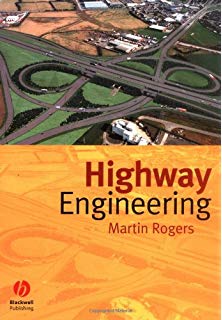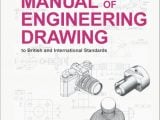
HIGHWAY ENGINEERING
28 August 2018HIGHWAY ENGINEERING
Preference :
Given the problems of congestion in built-up urban areas, maximising the efficiency with which highways are planned, analysed, designed and maintained is of particular concern to civil engineering practitioners and theoreticians.
This book is designed as an introductory text which will deliver basic information in those core areas of highway engineering of central importance to practising highway engineers.
Highway Engineering is intended as a text for undergraduate students on degree and diploma courses in civil engineering. It does, however, touch on topics which may be of interest to surveyors and transport planners. The book does not see itself as a substitute for courses in these subject areas, rather it demonstrates their relevance to highway engineering.
The book must be focused on its primary readership – first and foremost it must provide an essential text for those wishing to work in the area, covering all the necessary basic foundation material needed for practitioners at the entry level to industry. In order to maximise its effectiveness, however, it must also address the requirements of additional categories of student: those wishing to familiarise themselves with the area but intending to pursue another speciality after graduation and graduate students requiring necessary theoretical detail in certain crucial areas.
The aim of the text is to cover the basic theory and practice in sufficient depth to promote basic understanding while also ensuring as wide a coverage as possible of all topics deemed essential to students and trainee practitioners. The text seeks to place the topic in context by introducing the economic, political, social and administrative dimensions of the subject. In line with its main task, it covers central topics such as geometric, junction and pavement design while ensuring an adequate grasp of theoretical concepts such as traffic analysis and economic appraisal.
The book pays frequent reference to the Department of Transport’s Design Manual for Roads and Bridges and moves in a logical sequence from the planning and economic justification for a highway, through the geometric design and traffic analysis of highway links and intersections, to the design and maintenance of both flexible and rigid pavements. To date, texts have concentrated on either highway planning/analysis or on the pavement design and maintenance aspects of highway engineering.
As a result, they tend to be advanced in nature rather than introductory texts for the student entering the field of study for the first time.
Content :
- The Transportation Planning Process
- Forecasting Future Traffic Flows
- Scheme Appraisal for Highway Projects
- Basic Elements of Highway Traffic Analysis
- The Design of Highway Intersections
- Geometric Alignment and Design
- Highway Pavement Materials and Design
- Structural Design of Pavement Thickness
- Pavement Maintenance








